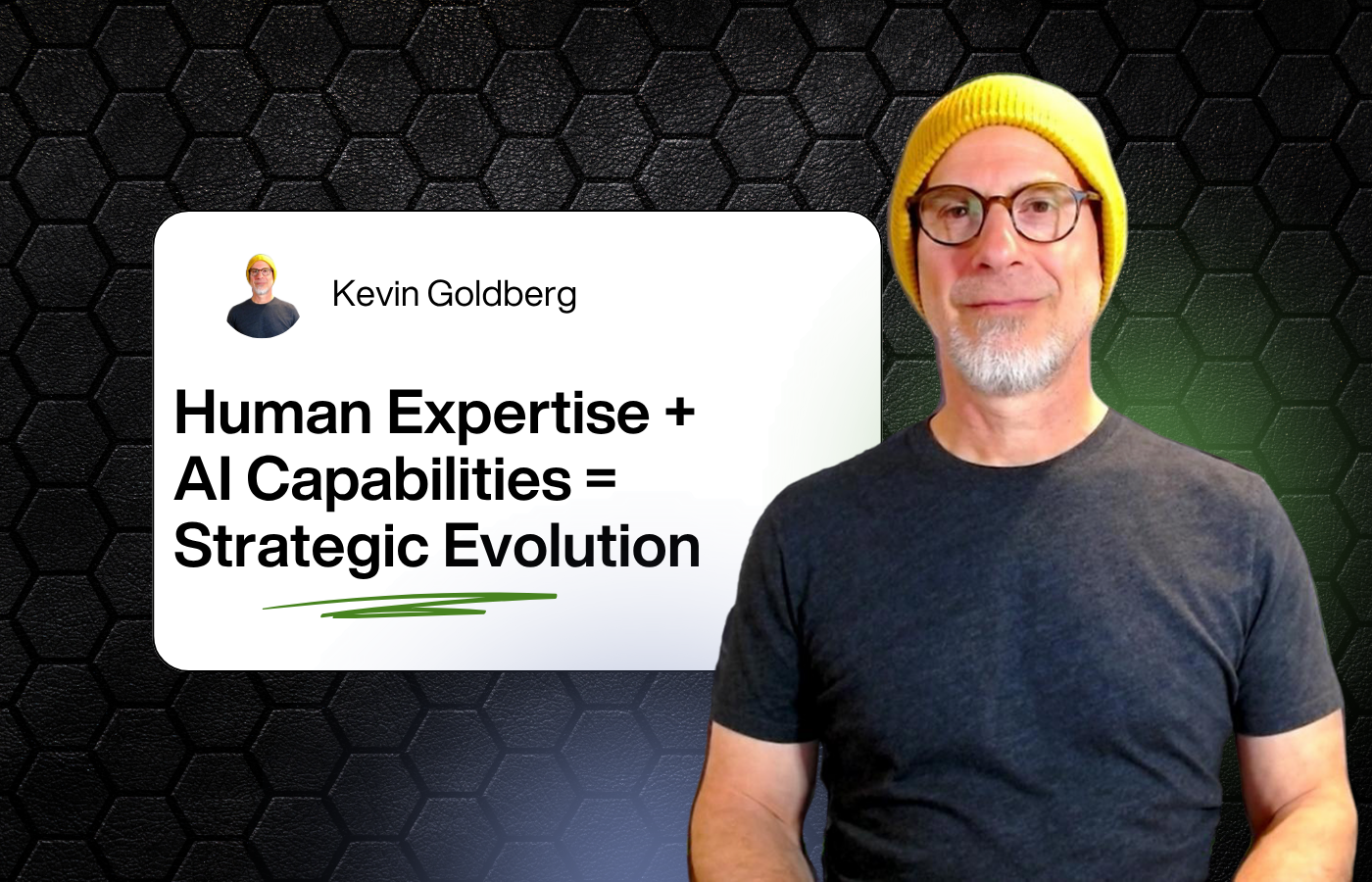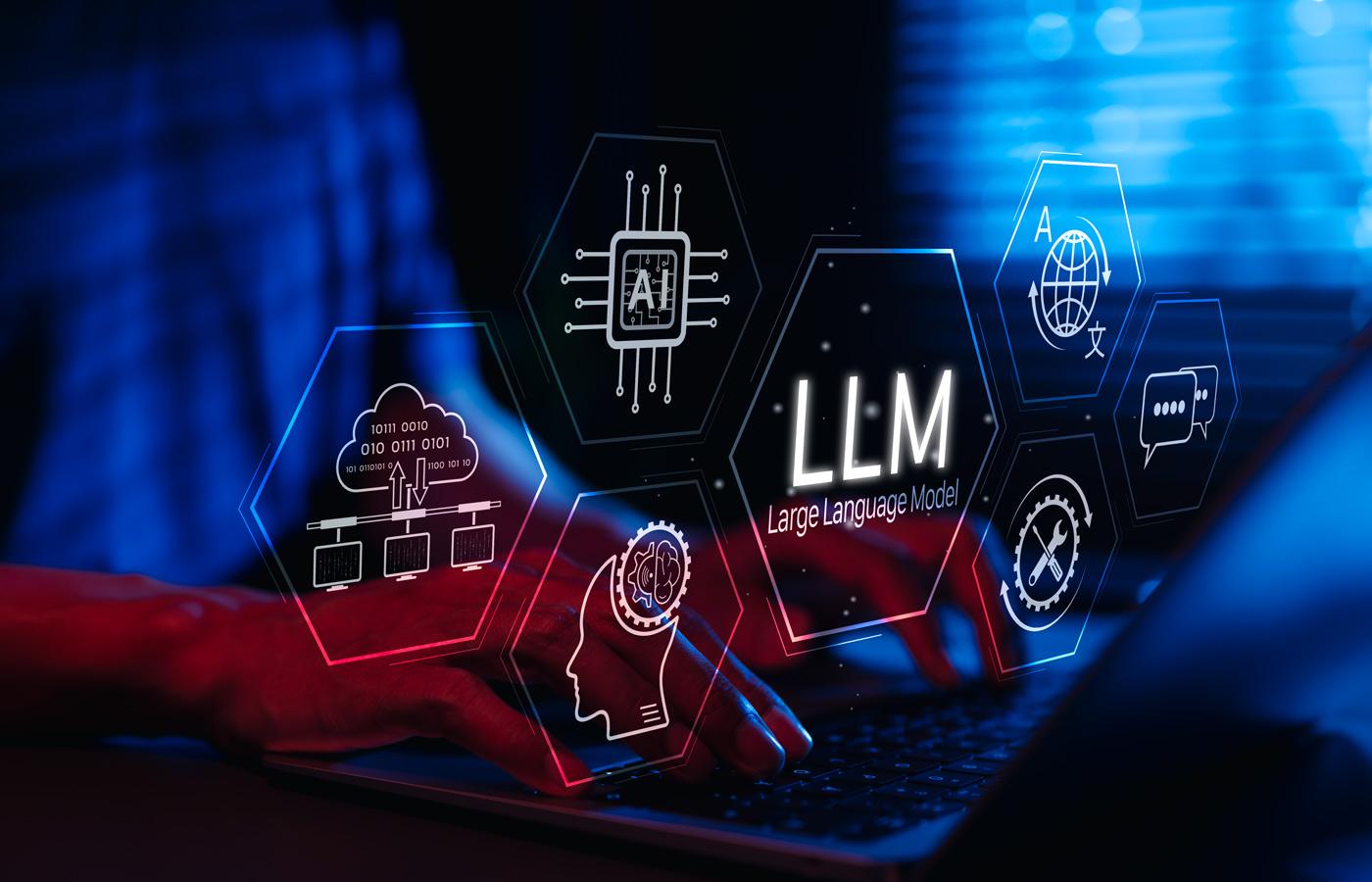
When AI Gets It Wrong: The Human-AI Partnership in Translation
Check out this video. I can speak Spanish pretty well! :)
I mean, I can speak a little Spanish actually, but not like that!
This video was created with the help of Paul Elwood, an ex-employee and one of my football pool competitors. Paul runs Language Department, which has grown into an international language service provider with a community of experienced, loyal translation specialists serving many industries.
Paul has worked in the translation and language services industry for over 25 years, involving projects from basic diplomas to IMAX movies, subtitles to product packaging, web development and more.
We were emailing a few weeks ago, and after seeing one of my LinkedIn videos, he asked me for a copy - he wanted to show me something. And what he returned blew my mind. Not only is it cool and I sound great, but their system massaged the video around my mouth to match the new words I was saying.
I connected with Paul afterwards and asked if this was going to negatively impact his business. I mean, why have someone manage and review the output when it was clearly excellent.
Paul asked if I understood exactly what I was saying in the video. Well, no. I understood most of it, but I couldn't tell you if it was entirely correct.
So here's a great example of the pivot needed to meet AI where it's taking your industry. Paul's company isn't being replaced by AI, it's evolving. Instead of manually translating every piece of content, they are becoming the orchestrator who ensures quality, manages cultural adaptations, and handles the complex scenarios where AI falls short. He shared an example where a client of theirs was referring to "PNR" (a travel term) but AI heard and translated it to "piranha," which clearly was wrong and also confused the rest of the translation's context. But his team caught it and fixed it which is something that I certainly wouldn't have been able to do as a client.
The point here is that the companies succeeding with AI aren't just replacing people or processes -- they're strategically combining AI capabilities with human expertise where it matters most.


